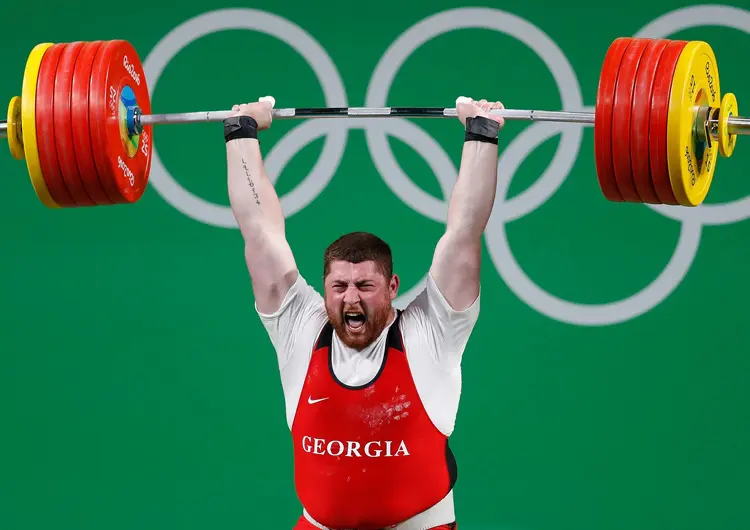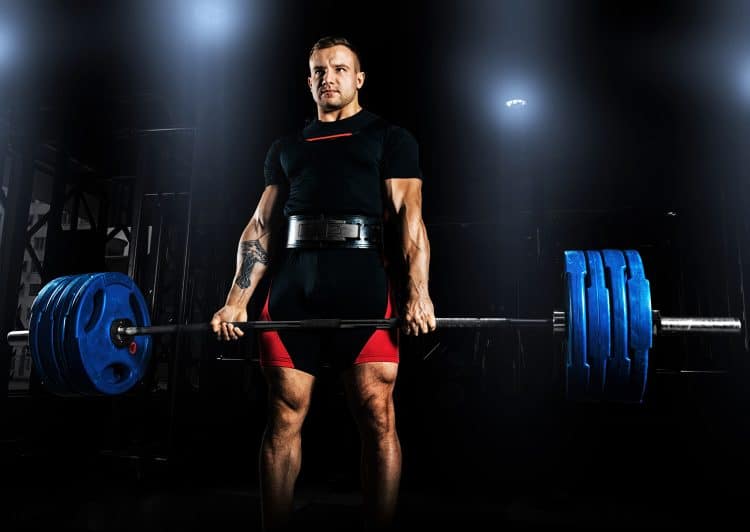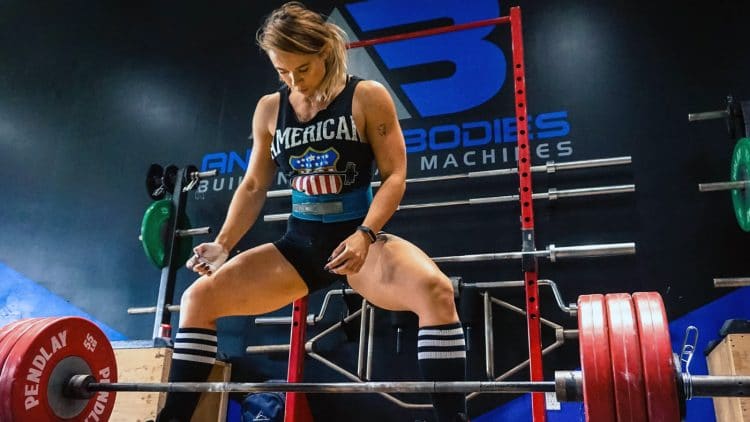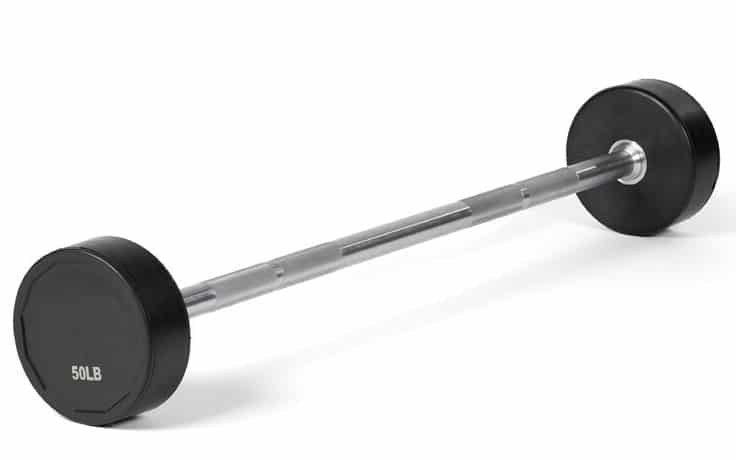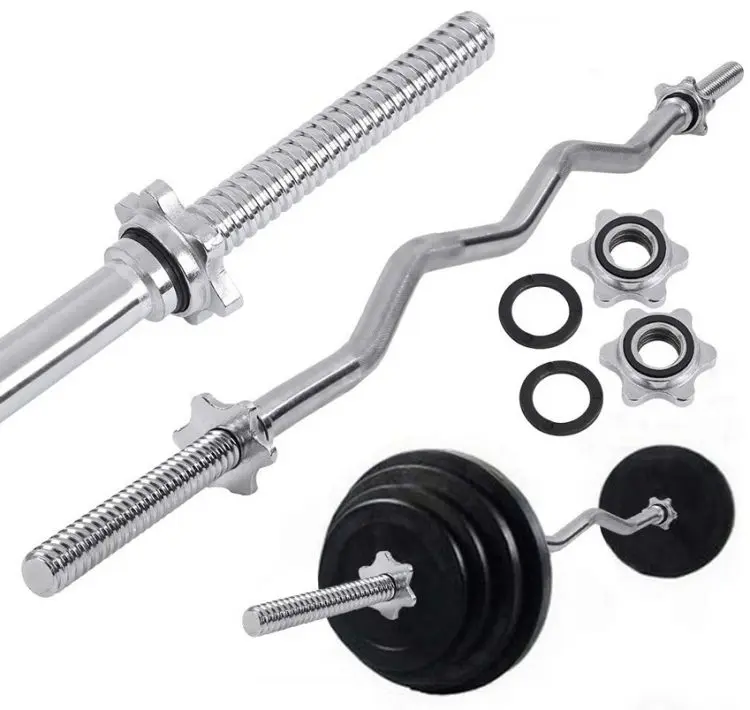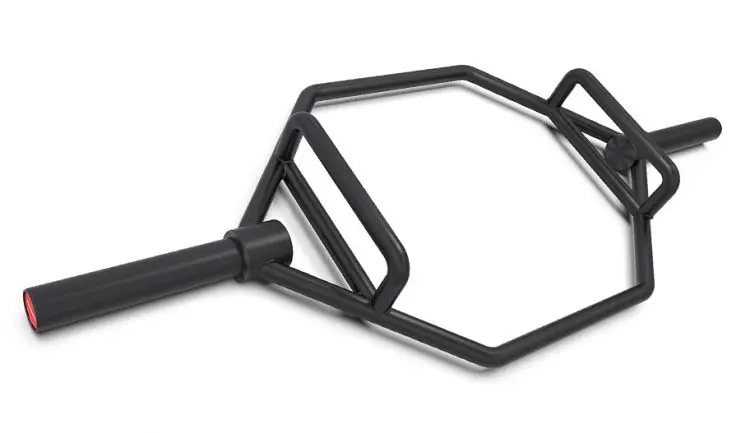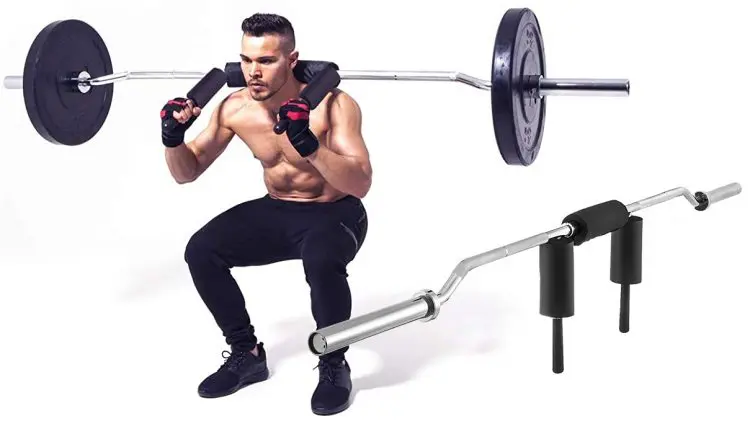Barbells are synonymous with strength training. If you work out at a commercial gym, you have probably noticed different types of barbells.
As a veteran personal trainer, I can attest that most lifters, including intermediate and advanced exercisers, cannot differentiate between a deadlift and a powerlifting barbell. This prevents them from unlocking their full potential. Using the right barbell can be the difference between hitting a personal best and getting injured.
Barbells can vary in shape and size and might feature different amounts of knurling, whip, and sleeve length. If you have no idea what any of these things are, you have come to the right place.
As someone once said, “The best time to learn about different types of barbells was 10 years ago. The next best time is now.” Okay, no one said that, but someone should have.
If you are prepping for a CrossFit, Olympic weightlifting, or Strongman competition, you should use the same barbell as you will use in the competition.
Specialized bars can help you train around injuries. Also, if you want to stroke your ego with a bar-bending lift, there is a specialized barbell for that, too. Read on to learn about all the different types of barbells.
Level Up Your Fitness: Join our 💪 strong community in Fitness Volt Newsletter. Get daily inspiration, expert-backed workouts, nutrition tips, the latest in strength sports, and the support you need to reach your goals. Subscribe for free!
Recent Updates: On May 14, 2024, we updated this article to include the most important factors you must know to choose the right barbell for your training goals. We also dive into how to clean and store the barbell for maximum lifespan if you are planning to get one for your home gym.
18 Different Types of Barbells
Here are all the barbells you should know about:
1. Standard Barbell
The standard barbell is the most common type of barbell, and you might find it on the squat rack and the bench press station in almost every gym around the world. It is generally seven feet and two inches long and weighs either 20 kilograms (44 pounds) or 45 pounds exactly.
The standard bar is generally very rigid and doesn’t bend unless extremely weighed down. The knurling on these bars can vary depending on the brand of the barbell, while the whip and sleeves usually remain standard.
2. Olympic Weightlifting Barbell
An Olympic barbell is a straight bar that weighs between 15 to 20 kilograms (33-44 pounds). Although they look similar to the standard barbell, they have a few distinctive features.
First — during a lift, the bar sleeves spin to assist with the movement. This can be a game-changer in powerlifting movements like the snatch, and clean & jerk. Additionally, the Olympic barbells have a little more whip than the standard bars, which can help with the explosive Olympic lifting movements by enhancing performance and reducing the risk of injury.
The knurling on Olympics bars is usually smoother than other bars as these barbells are generally used for quick movements, and too much engraving can be painful on the hands.
3. Deadlift Barbell
Deadlift bars tend to have more whip, making them more suitable for quick lifts off the floor. They also have deeper knurling to improve a lifter’s grip. Finally, these barbells have a thinner and longer handle than Olympic bars. The thinner structure creates a higher amount of flex (bend) in the bar on the concentric phase of the lift.
The higher whip puts your hands in a slightly higher position than the weight plates while the bar is still on the floor. It makes the lift a little easier as the flex lets you extend your knees and hips while the bar is still on the ground, effectively shortening your range of motion.
4. Powerlifting Barbell
Powerlifting bars are similar to Olympic bars in that they are straight with thick ends. While Olympic bars have a slight whip as it helps the lifters perform the movements, powerlifting bars are rigid and have no flex to them. Powerlifting bars are built keeping in mind the monster weights used in powerlifting meets. They also have pronounced knurling for a better grip.
Grip marks are the other notable difference between powerlifting and Olympic bars. Grip marks on Olympic barbells are used as placeholders. On the other hand, grip lines on a powerlifting bar are used to maintain legal hand positions in competitions.
5. Fixed Bar
Unlike all the other barbells on the list, fixed bars don’t have loadable sleeves — meaning you cannot slide weight plates onto this type of bar. Fixed bars are pre-loaded and make your workouts more convenient by eliminating the need to change the weight on the bar after every set.
Read also: Barbell Weights: Learn How Much Barbells Weigh
6. EZ-Bar
The EZ or curl bar is a cambered bar that helps alleviate stress from your wrists while performing the barbell bicep curl or tricep extension. It is a great bicep training bar alternative for limited wrist mobility.
The EZ-bar is generally used for training your biceps and triceps. They are usually four feet long, weigh 15 pounds, and come in fixed and loadable versions.
7. Trap Bar / Hex Bar
The trap bar is a four-sided barbell that is shaped like a trapezoid. It has knurled parallel handles and is a great standard bar alternative for performing compound exercises like the deadlift.
While performing the deadlift on a hex bar, you stand between the weight plates. The bar forces you to lower your butt instead of bending forward while performing the deadlift, putting comparatively little pressure on your lower back than the conventional barbell.
The hex bar also helps target your upper traps while performing the deadlift. It can also help you lift heavier as you are holding the barbell with a relatively comfortable neutral grip (palms facing each other).
Additionally, the trap bar is less stressful on your joints and allows a better grip. Trap bars weigh between 30 to 70 pounds and are generally used for deadlifts and farmer’s carry.
Related: Trap Bar Vs. Barbell Deadlift – Which One Should You Do?
8. Swiss Bar
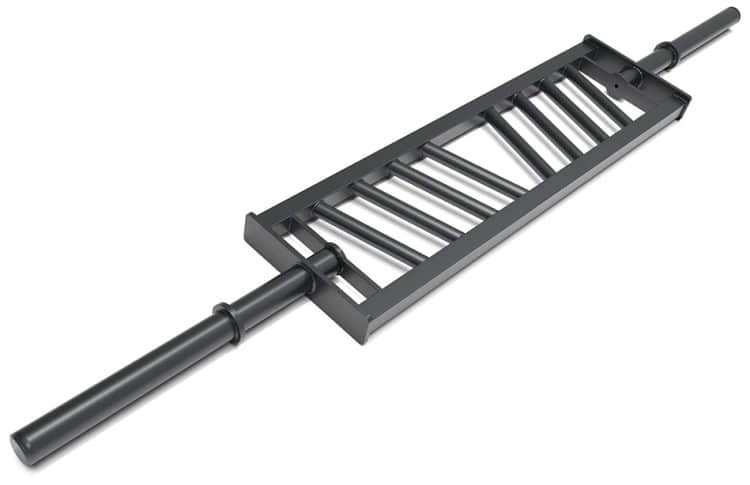
A Swiss bar gives you a plethora of gripping options. The neutral gripping options (palms facing in) while using the bar can be incredibly efficient for individuals with limited shoulder or upper-body mobility.
Also known as the multi-grip bar, neutral grip bar, or football bar, the Swiss bar provides the most variations in grip position of any standard loadable barbell. You could use the football bar for exercises like the bench press, bent-over row, overhead press, bicep curl, and overhead tricep extension.
9. Safety Bar
A safety bar is designed to make the squat more comfortable. If you are dealing with restricted shoulder mobility or have a tight upper back or wrists, a safety bar can help alleviate the stress from these joints.
Safety bars have handles attached to the shaft, allowing you to hold the barbell in front of your body with a neutral grip. They also have leather or cloth padding — depending on the brand — for your neck and traps.
The safety bar, also known as a yoke bar, sits a bit higher on your back, making it a little easier to maintain an upright torso while squatting.
10. Cambered Bar
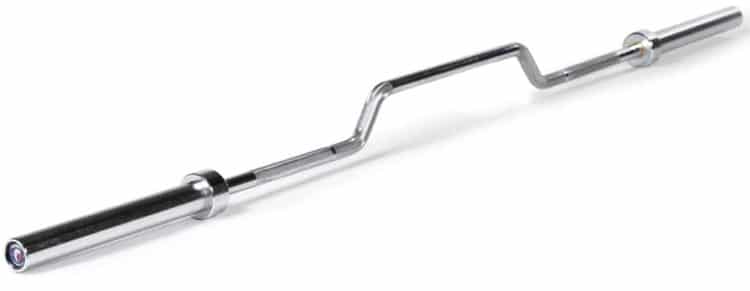
A cambered bar, also known as an arched bar, is one of the funkiest barbells on the different types of barbells list. While the bar rests on your shoulders, the actual weight (weight plates) sits much lower, near your sides. Using the cambered bar helps focus on your hamstrings and lower back.
The unique design of the arched bar makes it easier to keep an upright torso while achieving depth on the squat, resulting in greater target muscle fiber recruitment.
Since the weight plates are at your waist level, the cambered bar squat results in core stabilizer activation. The depth of the cambered bar sidebars varies depending on the manufacturing company. The arch changes the mechanics of your squats and puts a greater load on your posterior chain.
Level Up Your Fitness: Join our 💪 strong community in Fitness Volt Newsletter. Get daily inspiration, expert-backed workouts, nutrition tips, the latest in strength sports, and the support you need to reach your goals. Subscribe for free!
Additionally, since the bar allows for lifters to hold onto the side handles, the bar is a great option for people dealing with shoulder pain or limited mobility.
11. Duffalo Bar
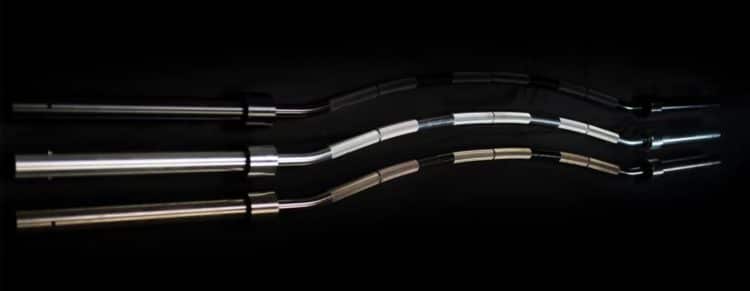
The Duffalo bar is developed by Kabuki Strength and powerlifter Chris Duffin. The specialized bar is curved across its shaft, which allows the lifter to utilize a greater range of motion on the bench press as your arms go deeper behind your torso before the bar touches your chest.
Additionally, the curved design of the Duffalo bar provides a more comfortable grip for a lifter on the squat, which is especially great for lifters that struggle to wrangle a low-bar position due to tight shoulders or wrists. It is said to reduce stress on the back, shoulders, and biceps during squats and pressing movements.
12. Kabuki Transformer Bar
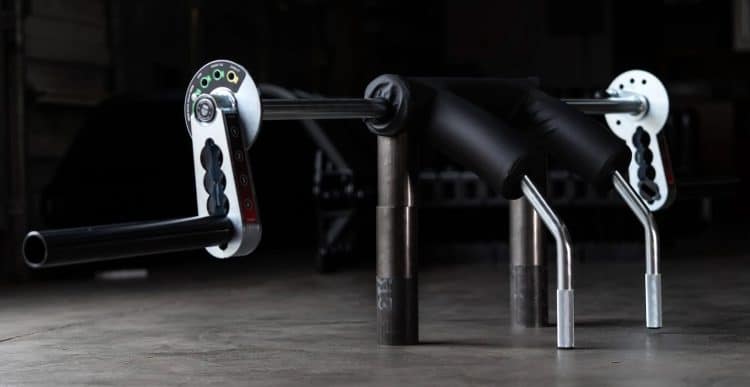
The transformer bar is another ground-breaking barbell developed by Kabuki Strength. The specialized bar offers 24 different adjustments which help target specific muscles.
Like the safety bar, the Kabuki transformer bar comes with a shoulder and trap pad and has handles attached to the shaft, making it easier to hold while squatting. You probably won’t find a transformer bar in many gyms, but if you do, make sure you take it for a spin.
13. Freak Bar
The Freak bar is a patent-pending, plate-loaded bar developed by the late legendary powerlifter and coach Louie Simmons. Although the bar looks like a regular barbell, it is anything but that.
The Freak bar uses springs to allow grip adjustment throughout a lift. The constantly changing grip position helps strengthen your upper body and builds core stability. Per Westside Barbell, the specialized bar is great for correcting a bilateral deficit and building upper body muscle mass.
14. Tsunami Bar
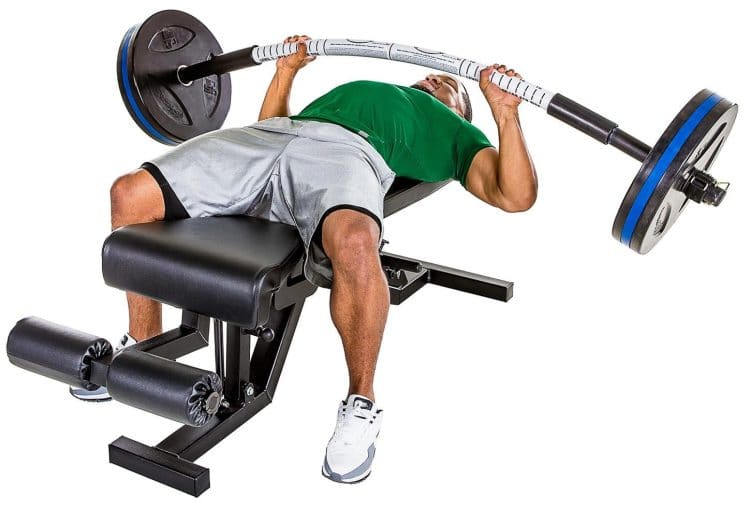
The Tsunami bar is the mirror opposite of a powerlifting barbell. While the latter is rigid, the former is highly flexible and bendy. The Tsunami bar comes in multiple levels of flexibility, weights, and grips and is designed to jolt and jiggle, even when using comparatively lightweight.
If your goal is to build upper body stability and control, you should add the Tsunami bar to your training regimen, given you have access to one at your gym. According to Tsunami Barbell, the creators of the Tsunami bar, the specialized training equipment helps improve an athlete’s strength and power by providing a unique overload stimulus to muscles, especially at sticking points.
15. Bamboo Bar
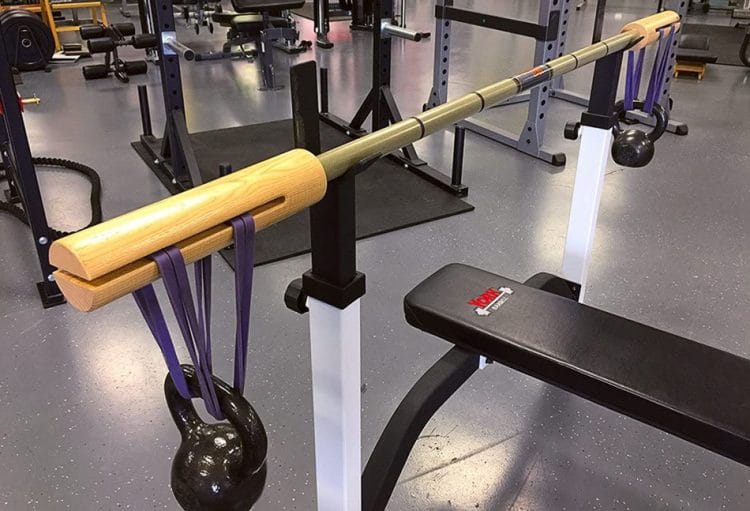
The Bamboo bar is designed to help improve a lifter’s ability to maintain bar stability. Unlike other barbells on the list, the flexible bar is made from bamboo.
While some bamboo bars might feature standard barbell sleeves for stacking weight plates, others have collars with slits in them for bands. In the case of the slits, weights dangle from the bands.
16. Log Bar
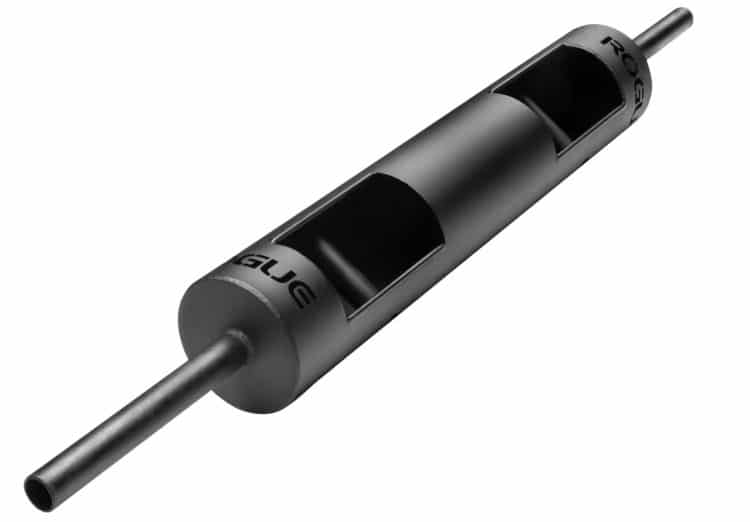
We are entering the strongman territory with this bar. You are more likely to find specialized equipment like the log bar in strongman gyms. The log bar is a variation of the straight bar with a metal cylinder around the shaft. It features a neutral grip that helps limit stress on the shoulders for all pressing movements.
17. Axle Bar
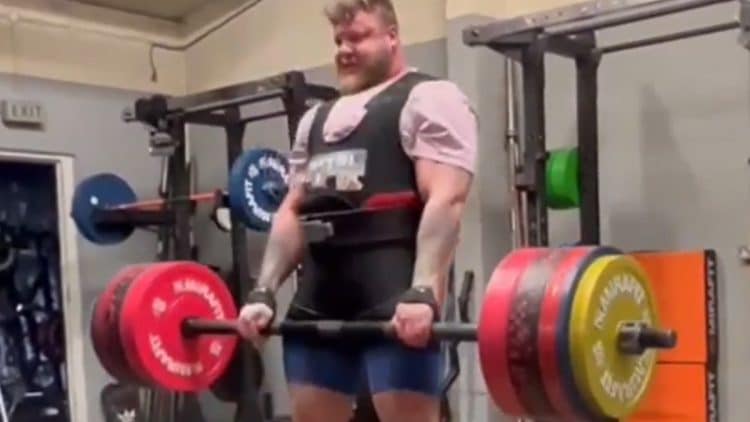
The axle bar is probably the thickest barbell used in strength sports. It can be up to two inches in diameter, making it incredibly hard to grip. This standard barbell alternative is generally seen in Strongman training and competitions.
18. Elephant Bar
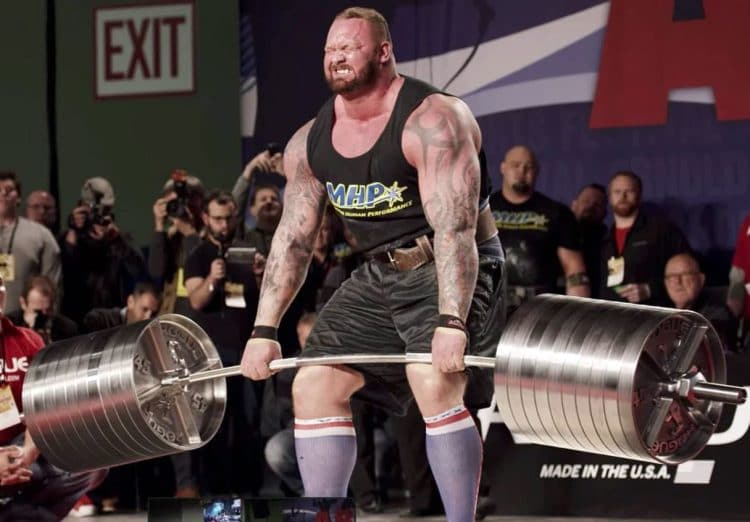
The elephant bar is probably the rarest barbell on the different types of barbells list. The specialized barbell was created by Rogue Fitness for the Arnold Classic Strongman and debuted at the 2016 edition of the show.
It has an elongated shaft compared to the traditional barbell and is loaded with thicker and larger plates, making the bar extremely flexible. Like the deadlift bar, the whip of the elephant bar gives the lifters leverage by making it easier to extend their knees and hips by artificially shortening the range of motion.
However, the extra whip makes the barbell sharply rebound once the outer weight plates leave the floor, throwing the lifter off balance. While an athlete might initially get the bar off the floor, the extreme whip often leads to a failed rep.
Next Read: Barbells vs. Dumbbells: Which is Best?
Factors to Consider While Buying a Barbell
Here are the things you must consider while purchasing a barbell for your gym:
Price and Availability
By now, you probably know that barbells come in all shapes and sizes. While a high-end barbell might look appealing, it doesn’t automatically guarantee results. Beginners should opt for reliable bars that won’t burn a hole in your wallet.
Several brands offer standard, Olympic, powerlifting, and safety bars. Check out the most reputable brands, read their customer reviews, and compare prices.
Furthermore, most brands run promotional sales and discounts multiple times each year. A little patience can save you a lot of money.
Remember, barbells are incredibly sturdy training equipment. A high-quality bar can last you a lifetime. It is something that you can pass down to your kids.
Space Storage
Home gym owners, especially those with limited space, must be very diligent with each equipment purchase. Consider the available storage space, as it can impact the product’s durability.
Those with tight spaces should avoid the log bar, Tsunami, safety, trap, or the Transformer bar. Furthermore, a vertical barbell storage holder that holds six to nine bars might be suitable in this situation.
Grip Diameter
The grip diameter is often overlooked when buying a barbell. However, it can significantly affect comfort and performance. Most barbells have a 28mm or 29mm grip, but you can also get thicker bars to add variety to your training.
Olympic weightlifters usually prefer a thinner barbell, as it delivers better wrist mobility. On the other hand, powerlifters favor thicker bars for a more secure grip and less whip.
Knurling Type
Knurling is the diamond-shaped crosshatch pattern on the barbell’s shaft. Aggressive knurling provides a stronger grip, but it can rip your hands. Conversely, passive knurling is gentle on the hands but might not be the most effective while lifting heavier weights.
Also, some barbells have a center knurl, which provides a better grip on back squats. The amount, type, and placement of the knurling ultimately comes down to personal preferences and lifting style.
Barbell Length
Most barbells are seven feet long. However, you can also find shorter and longer variations, depending on your body size and training experience. For instance, most CrossFit gyms have lighter and smaller ladies’ bars and even smaller barbells for kids.
Weight Capacity
Each barbell has a maximum weight capacity. Pick a barbell with a weight capacity well above your current lifting potential. Avoid overloading the barbell, as it can bend or break, leading to injuries.
A barbell is an investment in your gains. The type of barbell you choose can also impact your lifting experience and safety. Beginners should consult with an experienced lifter for their recommendation before dropping their hard-earned cash on a barbell.
Choosing the Right Barbell For Your Training Needs
Here is a quick rundown of barbell recommendations for different training goals:
| Goal | Barbell Recommendation | Key Features |
| Strength Training | Standard Olympic Barbell | Versatile, 20 kilograms (45 pounds), perfect for compound lifts |
| Powerlifting | Powerlifting Bar | Stiff, minimal whip, ideal for heavy squats, deadlifts, and bench presses |
| Olympic Weightlifting | Olympic Lifting Bar | Flexible, specialized knurling designed for dynamic movements |
| Bodybuilding | Standard Olympic Barbell | Versatile and suitable for a wide range of exercises |
| CrossFit | Multi-Purpose Barbell | Sturdy, aggressive knurling, good whip, stable for strength movements |
| Home Gym | Standard Olympic Barbell | Versatile, space-saving, cost-effective, consider specialty bars later |
| Injury Prevention | Safety Squat Bar, Trap Bar | Alleviates stress on joints, cambered bars for shoulder health |
All in all, if you are a beginner hobbyist lifter who wants to train for strength and muscle gains, you don’t need to overcomplicate things. Just go with a standard Olympic barbell, as it can handle pretty much you throw at it.
Barbell Maintenance and Safety
Buying a barbell is one thing, but keeping it in top shape is another. Taking proper care of your barbell can maximize its lifespan and ensure workout safety. Here are the things you can do to keep it in top shape:
Wipe It Down
Develop a habit of wiping down the barbell with a clean towel after each use, especially if you use chalk or sweat heavily. This slows down the wear and tear.
Deep Clean
You should also clean the barbell every few weeks with a nylon brush to get the dust and grime out of the knurling. Then, wipe the bar with a lightly dampened cloth. Avoid soaking the bar or brushing it too hard, as it can spoil the knurling.
The frequency of this deep cleaning can vary depending on usage. Commercial gyms should ideally deep clean the barbells every week to ensure proper grip.
Oil It Up
Apply a thin coat of 3-in-1 oil or specialized barbell oil to the shaft and sleeves to protect against rust and corrosion. This is even more important if you train in hot and humid conditions. Use a clean cloth to remove all the excess oil.
Storage
Never store your barbell on the floor, as it increases the chances of weight plates being dropped on the shaft or sleeves, which could bend it. It also increases the odds of people tripping over the barbell, which can lead to injuries.
Use a vertical or horizontal barbell holder to keep the bars elevated and boost their lifespan. Also, limit their exposure to moisture to limit the risk of rust and corrosion.
Wrapping Up
If you have made it till here, you now probably realize that you are leaving gains on the table by staying in a monogamous relationship with the standard barbell.
By using different types of barbells in your training regimen, you’ll add variety to your workouts, make them more exciting, and shock your muscles into growing.

